Florence
Top-Rated Tourist Attractions in Florence
It would take weeks to see everything Florence has to offer. Almost any one of its dozens of churches would be the prize tourist attraction of a smaller city. Some of its sights are among Italy's best-known icons - Ponte Vecchio, Michelangelo's David, Brunelleschi's Dome - and the entire city is a showcase of the Italian Renaissance, the humanist artistic movement that broke Europe out of the Dark Ages. But even among such an illustrious collection of palaces, churches, museums, and landmarks, some stand head and shoulders above the rest. As you consider all the things to see and do in Florence and plan your days of sightseeing, you won't want to miss the highlights that have made Florence one of Europe's most popular cities.
1 Cathedral of Santa Maria del Fiore and Piazza Duomo
Piazza Duomo and the group of buildings that form its cathedral complex gather some of Italy's greatest artistic treasures into one relatively small area. As you tour the baptistery, the bell tower, the cathedral, and its museum, you'll see some of the best-known masterpieces of art and architecture by the greatest artists of the Italian Renaissance -- Ghiberti, Brunelleschi, Donatello, Giotto, and Michelangelo. Begin by walking around the square to admire the intricate inlaid marble exteriors, then step inside each one to look more closely at the stained glass works of art that greet you wherever you look.
If waiting in long lines to buy a ticket is not your idea of fun - especially on a hot day - consider the Skip the Line: Florence Duomo with Brunelleschi's Dome Climb tour. This 2.5-hour guided tour includes the cathedral, the dome, the baptistery, entrance fees, and the option to visit the Opera del Duomo Museum on your own.
- 2 Battistero di San Giovanni (Baptistery of St. John)
From any angle, inside or out, the 12th-century octagonal baptistery is a consummate work of art. Its marble façade, the intricate mosaics of its interior, and the art works it holds all merit a place high on your list. But the magnificent bronze panels that Ghiberti created for the doors facing the cathedral trump them all. Nowhere has bronze been worked with such exquisite expression as in these Gates of Paradise. For a closer look, and to see some of the treasures that have been made for the baptistery, visit the Museo dell'Opera del Duomo, the cathedral's museum.
3 Piazzale Michelangiolo
So often misspelled as Piazzale Michelangelo that even city tourism material occasionally slips up, this terrace above the city is an obligatory stop for tour buses, and the spot from which all those postcard shots of the cathedral are taken. During busy tourist seasons, the best time to enjoy it in relative peace is late afternoon or early evening; it's especially lovely at sunset. Although you can get a 360-degree panorama of Florence from the dome of the cathedral, only from this terrace can you fully appreciate how Brunelleschi's dome dominates the city center. Nor can any other height give you this sweeping city view that encompasses the Ponte Vecchio, Palazzo Vecchio, Santa Croce, and other landmarks. You can walk here, climbing from the riverbank through the gardens, or take bus 12 or 13. While you're here, continue up to the church of San Miniato al Monte or stay on the bus to the church and walk back down.
4 Uffizi Palace and Gallery
Few would argue the Uffizi's place among the handful of world's top art museums. Its collections are simply staggering in their diversity and quality, and even if art is not your main interest, you should see the highlights of the paintings here. You'll come away understanding a lot more of how Florence's 14th- to 16th-century painters changed the face of western art, as you see the transition from the stilted Byzantine images to the life-like figures and landscapes of the Renaissance artists. The vast building stretching along the river was one more of the Medici palaces but was intended not as a residence, but to house governmental offices, scientific studies, and part of their growing art collection. One of its loveliest spaces, the octagonal Tribuna, was commissioned especially to display the most prized paintings and jewels of Francesco I de' Medici. You can bypass the long wait for admission and go straight to the entrance with a Skip the Line: Florence Accademia and Uffizi Gallery Tour that gives you priority access as well as a guided tour.
- 5 Piazza della Signoria and the Loggia dei Lanzi
This broad square has been the center of power in Florence since its 14th-century origins - and perhaps even before, as Etruscan and Roman remains have been found below its pavement. Today, it is the social center as well, a favorite meeting place filled with tourists and locals. At its center is the Neptune Fountain, at one side the Palazzo Vecchio, still housing the city's government. Against the wall of the Uffizi, which forms one end of the piazza, is the Loggia dei Lanzi, an outdoor sculpture gallery with several notable pieces. Most widely recognized of these is Benvenuto Cellini's best-known work, Perseus with the Head of Medusa. In front of the Palazzo Vecchio is a copy of Michelangelo's David.
- 6 Galleria dell'Accademia (Academy Gallery)
Michelangelo's best-known work, David, is copied all over Florence, but inside this art museum, you'll find the original. Unfortunately, as a result of an attack on the sculpture, it is now behind glass, but it still never fails to inspire. The David isn't the only Michelangelo here, nor is it the only important masterpiece. In the sculptures shown in the same gallery, you can almost watch Michelangelo at work as you see the four unfinished slaves, meant for a tomb in Rome, seemingly in the process of being released from the marble. Here, also, is his St. Matthew for Florence cathedral, also unfinished. You'll want to look in the other galleries to see highlights by 13th- to 16th-century Florentine artists, especially if you do not plan to see the Uffizi Gallery collections. Sandro Botticelli's Madonna is a highlight. You can save time waiting in the long lines at both these outstanding art museums with a Skip the Line: Florence Accademia and Uffizi Gallery Tour that takes you straight to the entrance, as well as a guided tour.
7 San Lorenzo and Michelangelo's Medici Tombs
The Medici commissioned the best talent for the family church and burial chapels: Brunelleschi for the church and Michelangelo for the chapel intended to memorialize their most illustrious princes. Both artists died before finishing the work, but Brunelleschi's church was completed according to his plans. Michelangelo's chapel, called the New Sacristy, was not; in fact, it was never completed at all. But what he did finish is considered one of the world's crowning achievements in marble sculpture. As you tour the church, the Old Sacristy, the New Sacristy, the Princes' Chapel and the Laurenziana Library, you'll find the works of other Renaissance masters, including Donatello and Lippi.
- 8 Palazzo Vecchio (Palazzo della Signoria)
History, art, and power echo in the opulent rooms and grand galleries of this fortress-like palace in the center of Florence. From here, the city/republic was ruled, and its powerful Medici family commissioned the leading artists and architects of the day to design and decorate their offices and apartments. Be sure to sign up early for one of the free tours, so you'll get to see some of the secret passages the Medici used to move among the rooms; return in the evening (save your ticket) to climb to the roof for sunset views of the city.
- 9 Santa Croce
Behind the geometric marble inlay of its typical Tuscan façade, Santa Croce is both art-filled church and mausoleum for some of Florence's greatest names. Among its treasures are several landmarks of Renaissance art. You will want to look especially for Cappella Bardi with some of Giotto's major frescoes, and in the adjacent Cappella Peruzzi, for more of them, which inspired Masaccio and Michelangelo. Donatello's Christ Crucified is considered one of the finest examples of Florentine Renaissance humanism. The frescoes in Cappella Baroncelli are the greatest work of Taddeo Gaddi. But the most famous is Cimabue's magnificent Crucifix, one of the first to move from stiff Byzantine to naturalistic Renaissance styles, influencing the greatest artists that followed. In the nave, you'll find the tombs of Michelangelo, Galileo, Ghiberti, the composer Gioacchino Rossini, even Machiavelli.
10 Ponte Vecchio
The Ponte Vecchio may well be the most widely recognized icon of Florence, and its graceful arches topped by a jumble of shops is most certainly one of the city's prettiest scenes. The bridge has traditionally been the home for the shops of Florence's talented goldsmiths, and a stroll across it still shows a dazzling array of fine jewelry. But most tourists don't realize that another set of treasures hides above their heads. The purpose of the bridge, of course, was to link the two sides of the Arno, and the Medici needed to cross frequently between their offices in the Palazzo Vecchio and their apartments in the Pitti Palace. So they commissioned the architect Vasari to build a passageway, officially called the Percorso del Principe (Passageway of the Prince), but now more often known as the Corridoio Vasariano, Vasari Corridor. You can see its line of evenly matched windows above the shops. It's not just a hallway; lining its walls is a priceless collection of portraits, mostly self-portraits, by artists that include Rembrandt, Leonardo da Vinci, Raphael, Michelangelo, and Velásquez.
11 Palazzo Pitti (Pitti Palace) and Boboli Gardens
A day at the Pitti Palace complex (and you could spend a day seeing it all) gives you a little taste of the many things Florence has to offer: an outstanding art gallery, a Medici palace, Florentine craftsmanship, museums, history, royal apartments, and one of Italy's premier gardens. If a day isn't quite what you had in mind, at least tour the palace to see the Royal Apartments and the sumptuous rooms, where you'll find paintings by Raphael, Titian, Rubens, Tintoretto, and other masters - a collection almost rivaling the Uffizi -- hanging not in gallery style, but as decoration for rooms designed for entertaining and show. Behind the palace stretch the Boboli Gardens. Grand Duke Cosimo I spared no expense, and the result became the model for royal gardens all over Europe (including Versailles). Still beautifully manicured, the gardens climb in terraces that reveal increasingly sweeping views over the city. Throughout are fountains and statuary, a faux grotto carved into the hillside, a maze, formal beds, even an amphitheater in the quarry hole left from removing stone to build the palace.
- 12 Santa Maria Novella
Although this Dominican church has the familiar striped façade of inlaid marble worn by several other churches in Florence, here it has been interpreted quite differently, tracing graceful curving designs, imitating windows, and highlighting rows of arches in the lower story. The artistry continues inside, with some of the city's finest frescoes, by such masters as Masaccio, Giotto, Domenico Ghirlandaio, Lippi, Paolo Uccello, and as if that weren't enough, an entire chapel is lined with Andrea di Bonaiuto's frescoes, some of the greatest art works of 14th-century Italy. In addition to the frescoes are a marble pulpit designed by Brunelleschi, his wooden crucifix, Vasari's Rosary Madonna, and a bronze by Lorenzo Ghiberti. Stop in at the convent's historic pharmacy, where they sell herbal balms and floral lotions.
The sight of San Miniato al Monte's inlaid green-and-white marble façade is worth the short climb beyond the favorite viewpoint of Florence, Piazzale Michelangiolo (or you can stay on the bus to ride there). This was the first time this dramatic effect was used in Florence, where it soon became the most popular façade decoration. But unlike the later facades, this one rises to a large gold mosaic. The portico effect looks back to Classical Roman architecture, and the mosaics are distinctly Byzantine inspired, both influences that blend into the new Tuscan Romanesque architectural style. Inside, there's a spacious open nave, with a mosaic floor and painted wooden ceiling, ending at a magnificent Renaissance chapel under a glazed blue-and-white terracotta ceiling. More Byzantine-style mosaics, a 12th-century marble pulpit, and the decorated choir screen are all highlights, but even more outstanding is the sacristy. Its walls are lined by the vibrant panels of Spinello Aretino's 14th-century masterpiece, Life of St. Benedict. It is among the most splendid rooms in Florence, and equal to those in any palace.
14 Bargello Palace National Museum
The four Michelangelo masterpieces alone are reason enough to put the Bargello Palace on your list of things to do in Florence. Works by Donatello, the della Robbias, Cellini, Brunelleschi, Ghiberti, and 14th- to 16th-century Tuscan artists fill the palace, along with a room of ivory carvings and a collection of majolica. An entire room is filled with enamels and gold work, a Florentine specialty during the Renaissance. This emphasis on decorative arts and sculpture sets the Bargello apart from the rest of Florence's art museums.
(thanks to: www.planetware.com)


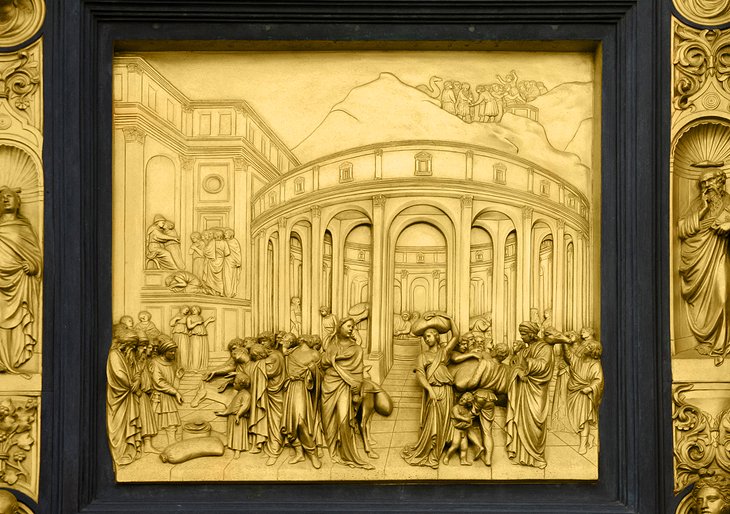



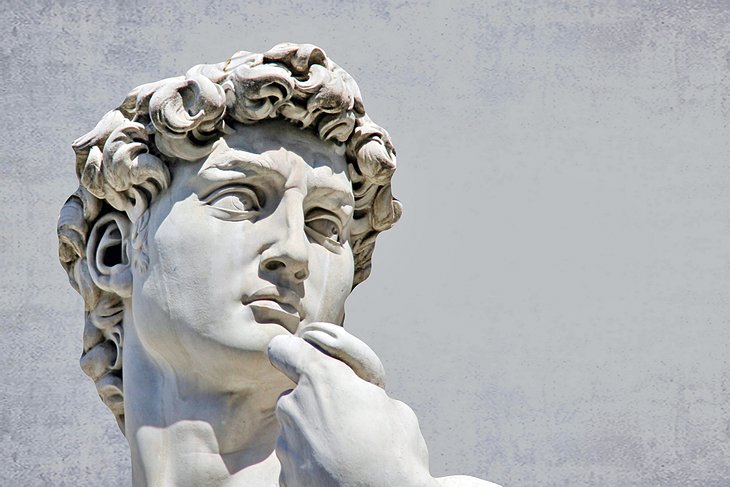
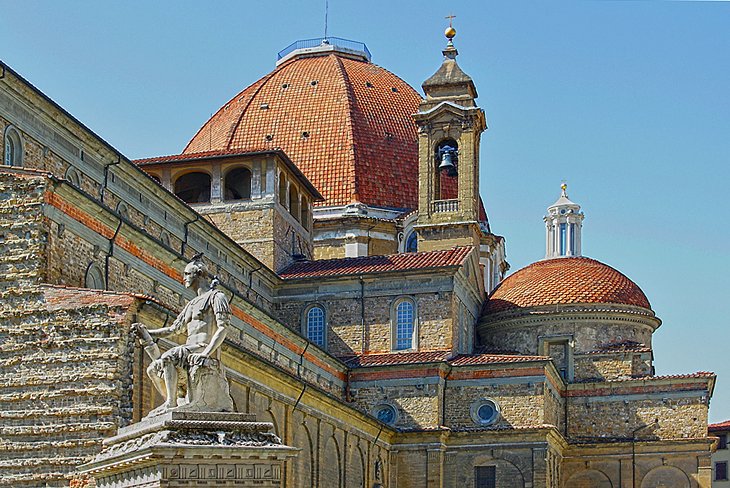
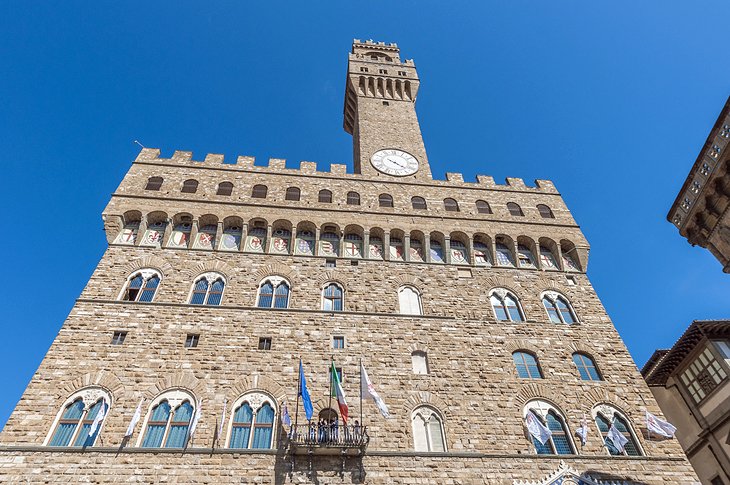
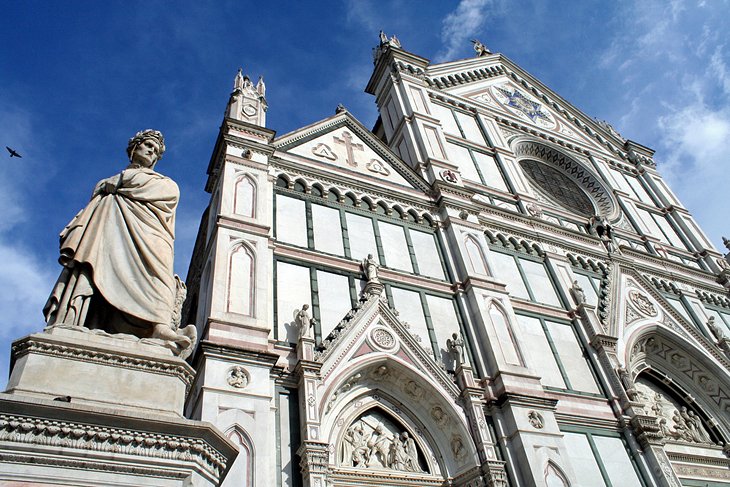
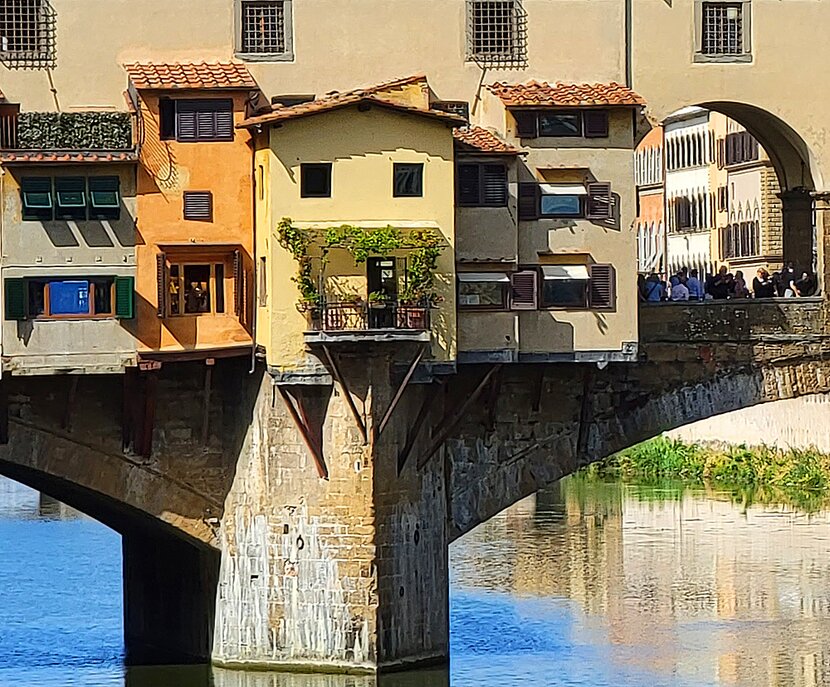




Comments
Post a Comment